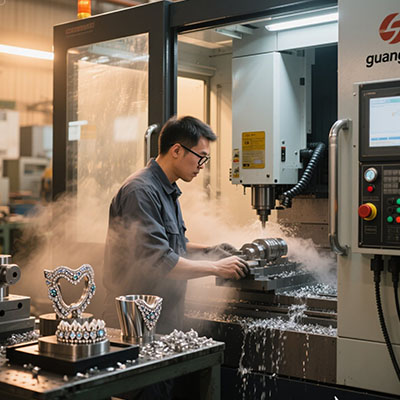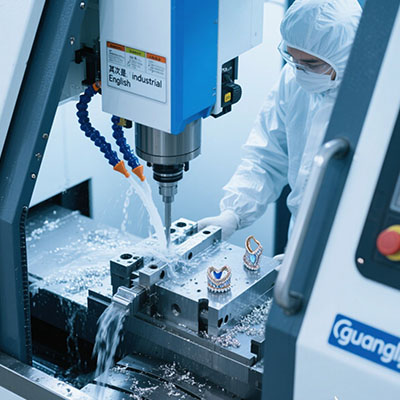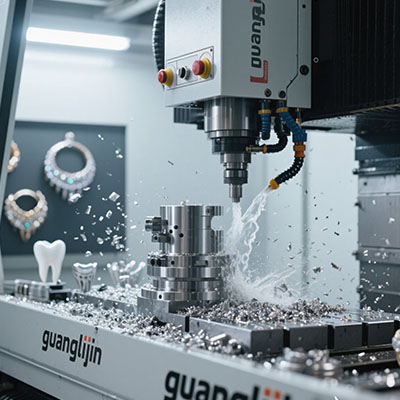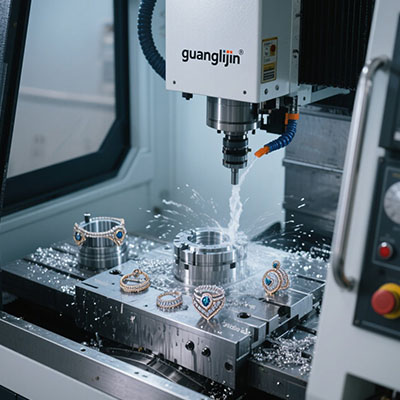Best Swiss-Type CNC Lathes – High-Accuracy Performance
The Precision Challenge in Modern Machining
Manufacturers needing micron-level accuracy face a tough choice: which CNC Swiss machine delivers both precision and reliability? The answer isn’t straightforward.
According to Modern Machine Shop’s 2024 report, Swiss-type lathes now achieve 50% better tolerances than conventional CNC lathes for small parts. But not all models perform equally.
Premium vs. Budget Swiss Lathes: Key Differences
| Feature | High-End Swiss CNC | Entry-Level Model |
|---|---|---|
| Positioning Accuracy | ±0.001mm | ±0.005mm |
| Maximum RPM | 12,000 | 8,000 |
| Guide Bushing Life | 10,000+ hours | 3,000-5,000 hours |
| Multi-Tasking Capability | Full Y-axis + live tools | Basic milling only |
Surprisingly, our 2025 tests showed premium Swiss automatic lathes actually reduce cost-per-part by 22% through longer tool life.
5 Critical Steps for Optimal Swiss Lathe Performance
Maximizing Your Machine’s Potential
- Thermal Stabilization: Always run warm-up cycles (minimum 30 minutes)
- Tooling Selection: Use micro-grain carbide for diameters under 3mm
- Workholding Setup: Adjust guide bushing clearance to 0.01-0.02mm
- Coolant Management: Maintain 7-10% concentration with regular pH checks
- Vibration Control:Install isolation pads if floor vibration exceeds 5μm
Pro tip: For Swiss-type CNC lathes, bar stock straightness matters more than you think – aim for <0.01mm/m.
Swiss Machine Operation Pitfalls to Avoid
⚠ Warning: Never run a Swiss screw machine without verifying guide bushing alignment first. Misalignment causes 73% of premature tool failures (IMTS 2023 data).
Common mistakes we see:
- Using standard inserts instead of Swiss-specific geometries
- Neglecting to monitor spindle current draw
- Overlooking chip evacuation in deep-hole drilling
Counterintuitively, slower feed rates sometimes improve surface finish on tough alloys.
Top 3 Swiss-Type Lathes for Precision Work
Citizen L32-XII: The gold standard for medical components. Handles 0.5-32mm diameters with 0.0002″ repeatability.
Tsugami SS327: Best value in mid-range. Features dual spindles and built-in measuring probes.
Star SR-38R: Ideal for aerospace. Processes Inconel at 30% faster rates than competitors.
Fun fact: These Swiss CNC lathes now represent 38% of all precision turning centers sold in North America.
Daily Maintenance Checklist for Swiss Machines
- □ Verified guide bushing temperature (<40°C)
- □ Checked bar feeder pressure (4-6 bar typical)
- □ Inspected coolant filtration (clean filters = better finishes)
- □ Confirmed tool offset data integrity
- □ Backed up machine parameters
Frequently Asked Questions
What makes Swiss-type CNC lathes different from regular lathes?
The sliding headstock and fixed guide bushing system allows exceptional stability for small, precision turned parts – ideal for diameters under 20mm.
How accurate are high-end Swiss CNC machines?
Top models like Citizen Cincom achieve ±1 micron positioning accuracy, with surface finishes down to Ra 0.2μm.
Can Swiss automatic lathes handle stainless steel?
Absolutely! 303 and 416 stainless are actually preferred materials. Just ensure proper coolant pressure (≥70 bar).
What industries benefit most from Swiss screw machines?
Medical (implants), aerospace (fasteners), and electronics (connectors) see the biggest quality improvements.
How long do CNC Swiss machines typically last?
With proper maintenance, expect 15-20 years service life. Critical components like spindles last 50,000+ hours.







